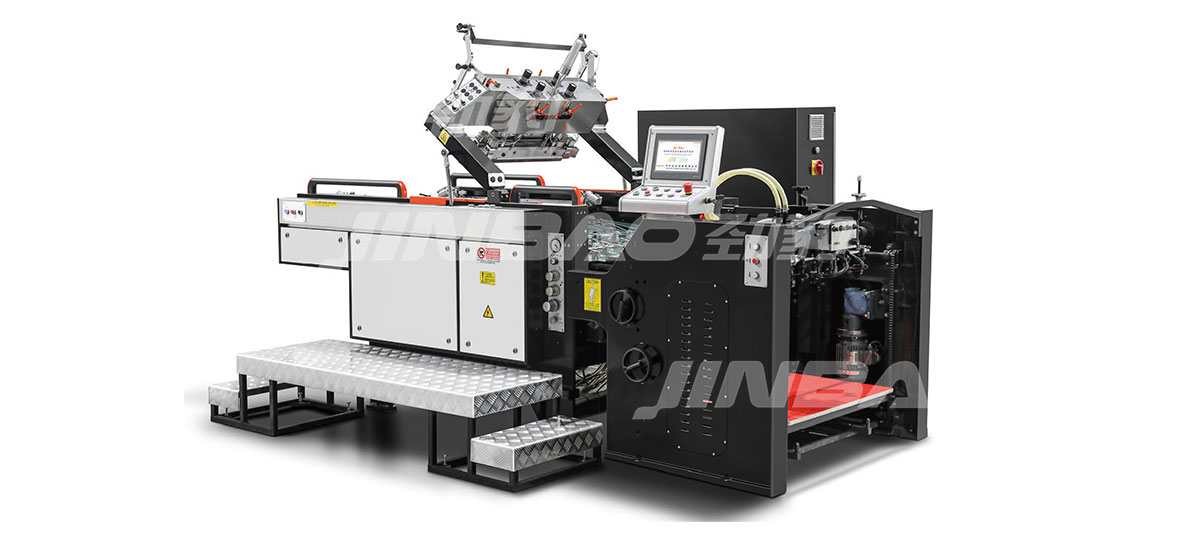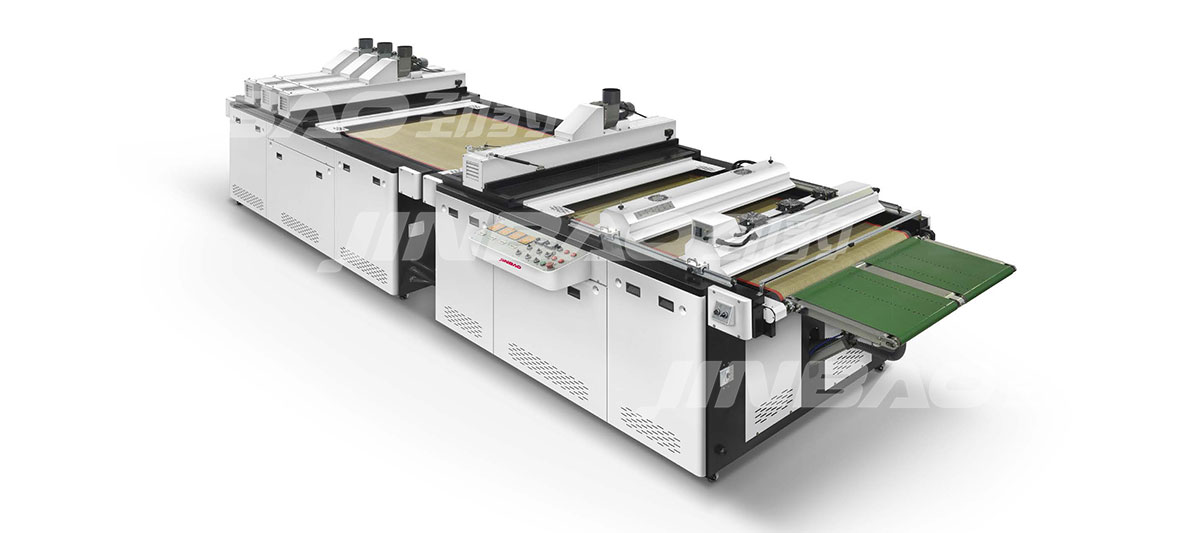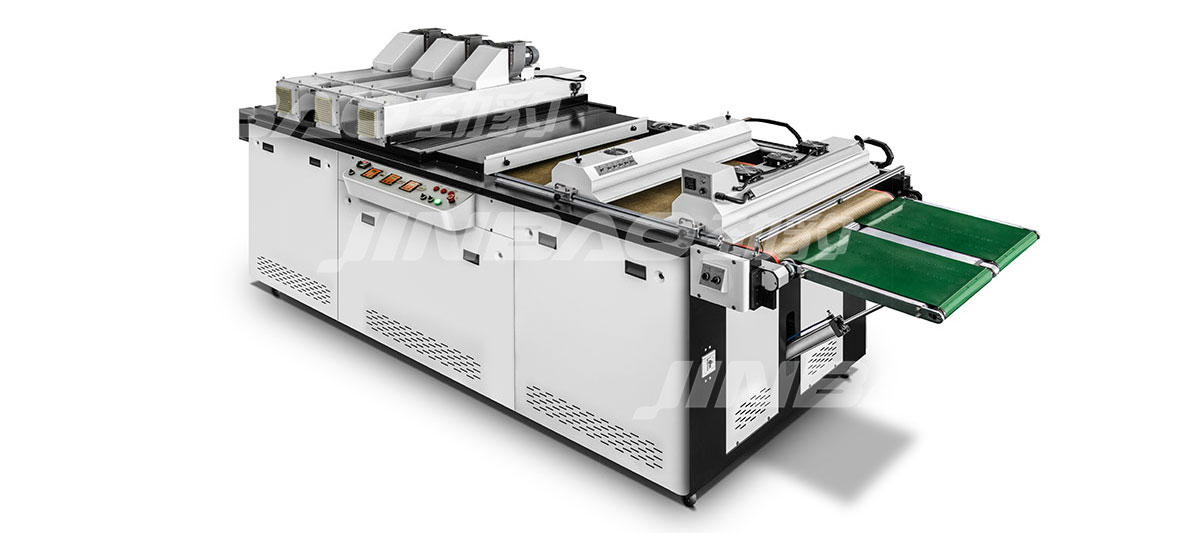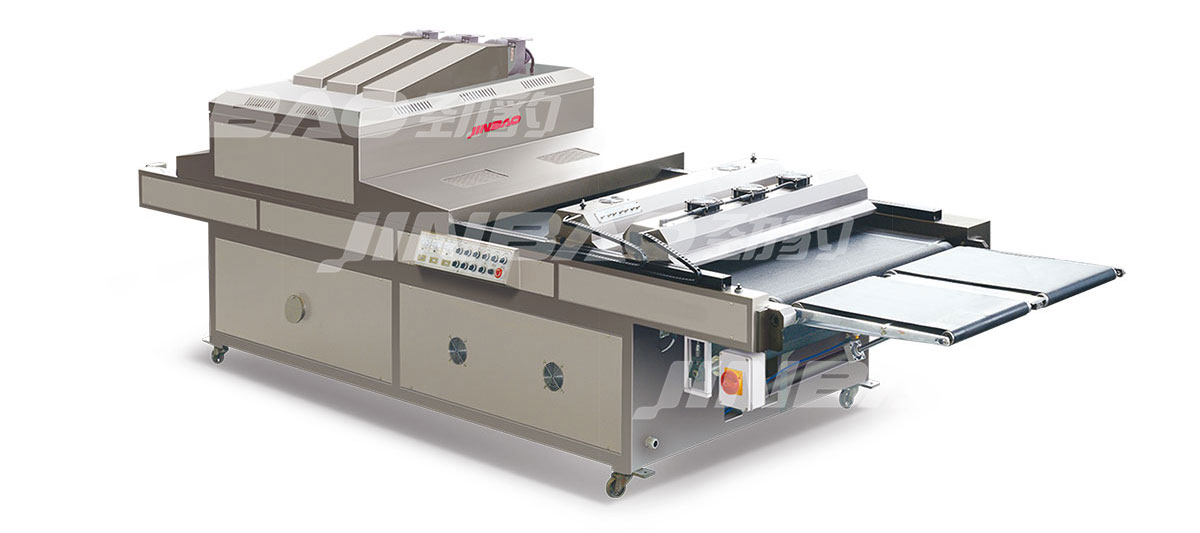Screen printing equipment manufacturers tell you how to protect the screen printing screen
Screen printing equipment manufacturers tell you how to protect the screen printing screen.
The first point is the damage of the ink return knife to the screen printing screen; we all know that the ink return knife is generally made of aluminum, so we must polish the ink return knife smoothly, which can be carefully polished with fine sandpaper; secondly, the ink return knife, In fact, the knife does not need to be in contact with the screen, there should be a little gap between the ink return knife and the screen, so that the ink can evenly cover the logo without scratching the screen;
The second point is the damage of the squeegee to the screen printing screen; the squeegee needs to be replaced after a period of use or polished with a special rubber grinder. At the same time, you can cut a bevel on both sides to avoid the sharp corners Scratch the screen, of course, the longer the service life of a good squeegee, the stronger the corrosion resistance;
The third point is to seal the logo to be printed with transparent glue or kraft paper to protect the screen. Of course, this is only for the printing of products with low requirements, and it is not suitable for precision products.

The screen printing equipment manufacturer tells you that there are three factors to be considered in the selection of the mesh number of the screen printing mesh
1. Ink used:
①General water-based ink is suitable for thicker screens (125-180 mesh/inch) (an inch is the unit of length 1inch=1000mil=2.54cm=25.4mm);
②Solvent-based inks should use medium-mesh screens (196-420 mesh/inch) when printing advertisements, electrical appliances, etc.;
③UV ink uses a high-mesh screen (355-457 mesh/inch);
④The pigment particles of general ink are relatively fine, and the ink has good permeability. This ink can also pass through very well when using a high-mesh screen; while the ink with high pigment concentration, although the particles are fine, its permeability will be reduced. Relatively poor.
2. Types of substrates:
①Absorptive substrates with rough surfaces require more ink to achieve the coverage of the ink layer, so a thicker screen is used;
② Non-absorbent substrates with smooth surfaces require relatively less ink, so a higher mesh screen is used.
3. The mesh size of the screen matches the image of the original: the selected mesh size should be sufficient for the image on the plate, that is, the image area has enough screen support. (The width of thin lines that can be printed by a certain mesh screen is equal to the sum of the mesh aperture and the diameter of the screen plus the expansion of about 7% when the screen is weaving. (For example 180 mesh/inch screen, net The pore diameter is 23 μm, the wire diameter is 30 μm, and the printed thin line width = 23+30+(23+30)×7%≈57 μm. It shows that this kind of screen can only print 57-micron lines, and there is also a formula that is silk The thickness of the smallest point (or line) that the screen can completely print out = √2* (1+ mesh number of the screen * wire diameter) ÷ mesh number of the screen).
2. Selection of wire diameter:
Two aspects must be considered, ① the tensile strength of the wire mesh. ②The fineness of the manuscript.
1. When the mesh number is the same, the larger the wire diameter, the stronger the tensile strength, wear resistance, and corrosion resistance. It is hoped that the thickness will be larger and the opening area (opening ratio) will be smaller. When the original size of the original image is twice the wire diameter, the dots may fall on the screen, and the dot loss in the highlighted area is heavy. When the dots are 3 times the diameter of the wire, any part of the dots can get enough support, and the dark dots can also get enough opening area.
Screen printing equipment manufacturers tell you about the issues that should be paid attention to when selecting screens:
1. Uneven weaving;
2. The thickness of the screen is uneven;
3. The cost of selecting wire mesh;
4. Pay attention to moiré:
In the case of halftone screens, the screen will also affect the degree of moiré in the printed flat.
Screen printing machine maintenance and maintenance instructions
Implement weekly inspection and maintenance to ensure mechanical precision; upper and lower printing spindles of the screen printing machine: Warm reminder from the screen printing equipment manufacturer, since the screen printing machine is a precision printing machine, maintenance is divided into daily maintenance and weekly maintenance of the screen printing machine.
1. Daily maintenance
A. Appearance Wiping: Wipe the machine with a cotton cloth to avoid scratches on the baking paint and various parts of the machine, and use non-corrosive cleaning agents to wipe. Do not wipe with chemical solvents, such as industrial alcohol and acetone.
B. Cleaning of the printing table.
C. Printing scraper seat: oil every activity and wipe it with a clean cotton cloth every day.
D. Brush slides: oil daily and wipes with a clean cotton cloth.
2. The screen printing equipment manufacturer will tell you that it needs to be maintained every week
E. In addition to the daily maintenance items, please wipe them clean with a clean cotton cloth and put a yellow note to ensure the normal operation of the up and down strokes.
F. Two-point combination: Check whether the drain valve is normal (it will automatically drain water when the air pressure is just started), and it will continue to drain water when the air pressure does not reach a certain pressure. Turn off the air pressure source {T} of the machine, and turn it on again when the pressure is high, then the water discharge action can be turned on and off.
G. Each action cylinder: Check whether the operation of each cylinder is normal. If there is any failure, please notify the inspection.
H. Printing motor and transmission belt: Check the operation of the printing motor and the tightness of the belt, and adjust accordingly.
I. Electric control test: test whether there is any malfunction or fault in the electric control, if there is any problem, please notify the maintenance.
J. Fine-tuning group of each part: a fine-tuning group of scraping knife and ink-returning knife, platen displacement X-axis, Y-axis, and platen front and rear, left and right fine-tuning whether it can rotate normally if it cannot rotate normally, please notify the maintenance.





